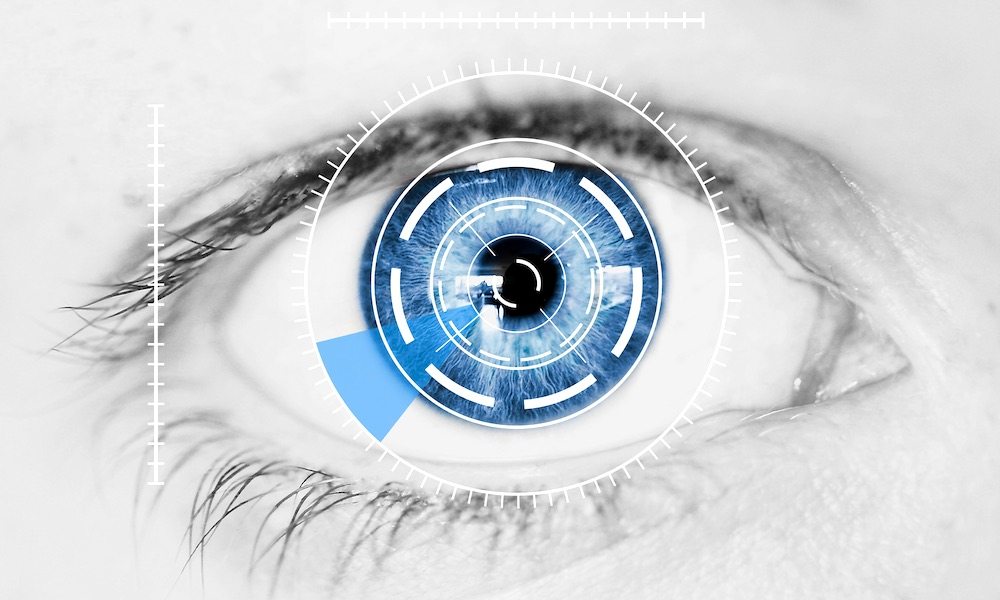Samsung Is Using a Brain-like IBM Processor to Power a Digital Eye

Toggle Dark Mode
Samsung, famous for their Galaxy smartphones, is reportedly working on developing a prototype “digital eye” based around a new IBM processor.
The South Korean-based company is using IBM’s TrueNorth chip, which is a processor inspired by neurons in our brains.
Unlike most traditional CPUs today, the TrueNoth chip uses over 4,000 computing cores, interlinked by over 256 million connections — forming over a million digital “brain cells,” according to CNET.
The chip’s digital neuron network functions like a human brain, sending short messages to each other to process data. This is called neuromorphic computing, and it’s a huge departure from more traditional computer processors.
The new chips are optimized to be able to handle large amounts of data, while using less power than traditional CPUs.
Samsung is using these chips into its Dynamic Vision Sensor program, which it hopes will result in camera and video systems that are far more powerful than current technology allows.
The sensor, powered by TrueNorth chips, processes video images differently than traditional cameras do.
Each pixel operates independently of each other, and the system analyzes each one for changes a couple thousand times per second.
This allows the digital eye a whopping 2,000 frames per second, as opposed to the 120fps that most cameras today top out at, Engadget reported.
Samsung said the new technology could be used for a variety of purposes, including developing 3D maps, making self-driving cars safer, and creating new forms of controllers that could recognize human gestures.
Because the chips take less power and run “coolly,” Samsung and IBM expect them to be able to be packed very densely together — which could allow for systems that match the human brain in terms of processing power.
The technology is also being tested by the Air Force for use in autonomous drones, data organization, video-anomaly detection, and cyber warfare, CNET reported.
While more research needs to be done, the technology’s potential is vast, and we could see it being used in everyday applications very soon.






